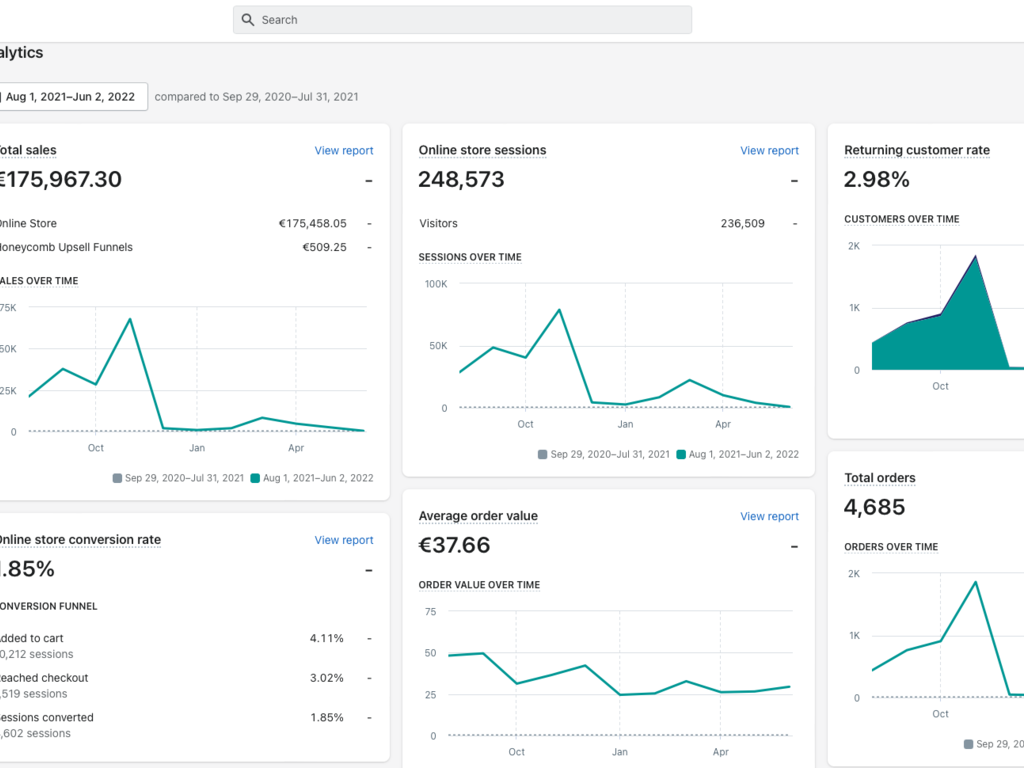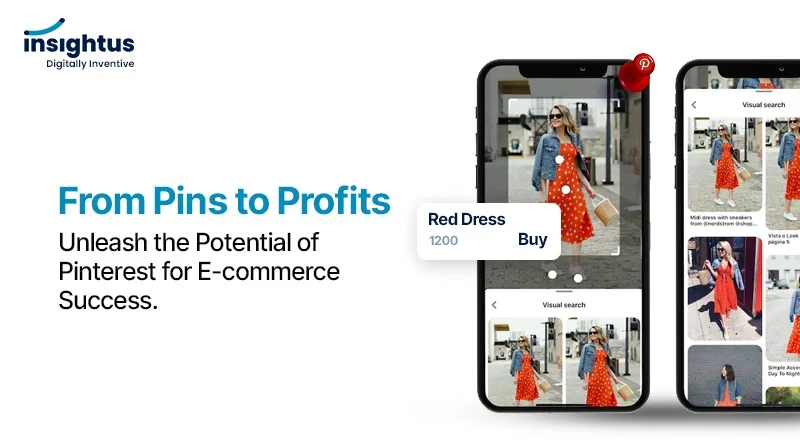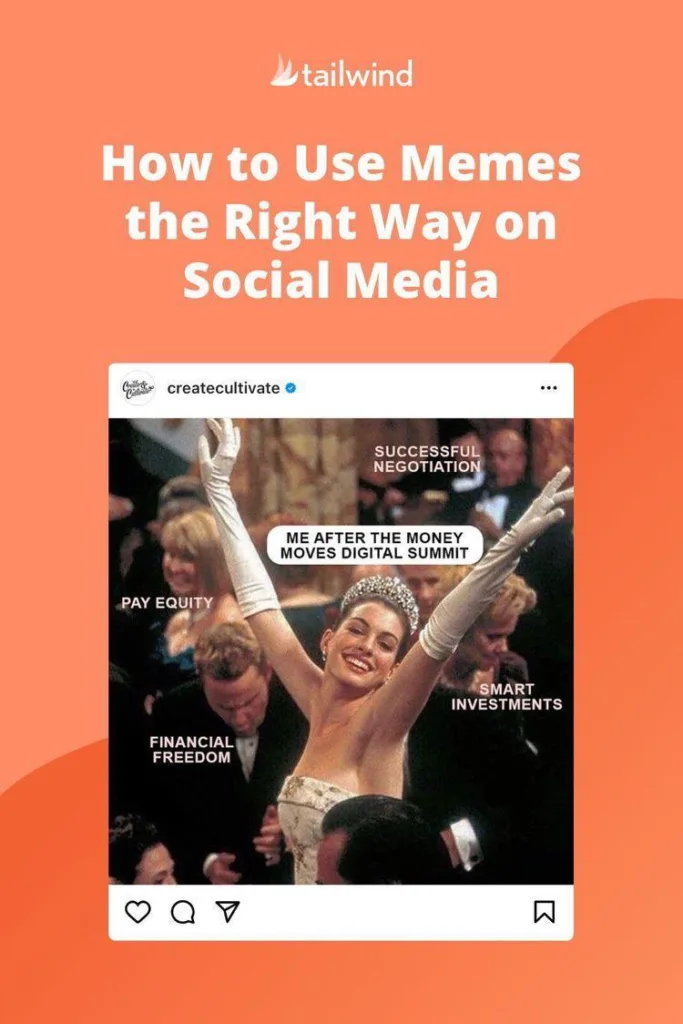Mastering Keyword Grouping: The Expert’s Way to Content Clusters without Paid Tools.
In the world of e-commerce, driving traffic to your website and converting those visitors into customers is the key to success. To achieve this, you need an effective product page system that not only attracts the right audience but also convinces them to make a purchase. In this advanced guide, we will explore a 3-step product page system that can significantly increase your traffic and conversions. By leveraging customer-driven keywords, implementing a customer-focused keyword strategy, and optimizing your conversions, you can propel your e-commerce business to new heights. Step 1: Finding Your High-Converting Customer-Driven Keywords for E-commerce To successfully find high-converting customer-driven keywords for your e-commerce business, you need to utilize data-driven insights and advanced techniques. Here’s a step-by-step guide on how to accomplish this: A. Start with Google Search Console (GSC): B. Analyze the Queries Report: C. Filter and Export the Data: D. Utilize Google Sheets for Data Manipulation: E. Identify High-Converting Keywords: F. Explore Long-Tail Keywords: G. Conduct Competitor Analysis: F. Leverage Keyword Research Tools: G. Refine Your Keyword List: Consolidate the keywords you have gathered from different sources. Prioritize keywords with high search volume, low competition, and strong relevance to your products. Group similar keywords together for easier categorization and optimization. H. Implement and Monitor: Step 2: Use the “Customer-Focused Keyword Strategy” to Drive Traffic and Sales Now that you have identified the high-converting customer-driven keywords, it’s time to develop a customer-focused keyword strategy that will drive targeted traffic to your product pages. By understanding the mindset of customers searching for sizes and leveraging their familiarity with your product, you can effectively increase conversions. Let’s explore this strategy in detail: 1. Understanding the mindset of customers searching for sizes Customers who are actively searching for sizes are typically in the final stages of the buying process. They have already identified their need for a specific product and are now focused on finding the right size. By targeting these customers, you can tap into their readiness to make a purchase. Here are some advanced techniques to consider: A. Size-specific landing pages: Create dedicated landing pages for each size variant of your products. Optimize these pages with relevant size keywords and provide detailed information about the specific size options available. This helps customers quickly find the size they need and increases the likelihood of conversion. B. Advanced Technique : Implement search filters on your e-commerce website that allow customers to easily filter products based on size. This saves their time and enhances their user experience, increasing the chances of them finding the right product and making a purchase. 2. Leveraging your customers’ familiarity with your product One advantage of targeting size-related keywords is that your customers already have some level of familiarity with your product. They know what they are looking for and are actively seeking a product that matches their size requirements. To leverage this familiarity and boost conversions, consider the following advanced strategies: A. Size-specific recommendations: Use personalized recommendation algorithms to suggest products in the customer’s desired size. By showcasing relevant options that meet their size preferences, you can make the shopping experience more convenient and increase the chances of a successful sale. B. Size-specific social proof: Incorporate customer reviews and testimonials that specifically mention the product’s size. This helps potential customers gain confidence in their purchasing decision by seeing positive feedback from others who have purchased the product in the desired size. 3. Matching customer expectations with size attributes To optimize conversions, it’s crucial to meet and exceed customer expectations when it comes to size attributes. Here are some advanced techniques to ensure you provide a seamless and satisfactory experience: A. Detailed size charts and measurements: Include comprehensive size charts and measurements for each product to help customers make accurate size selections. Consider providing visual guides and clear explanations to make it easier for customers to understand and choose the right size. B. Interactive size selection tools: Implement interactive tools on your product pages that allow customers to input their measurements or select specific body types to receive personalized size recommendations. This level of customization enhances the customer experience and boosts confidence in their purchase decision. 4. Increasing conversions by targeting bottom-of-funnel customers By focusing on customers who are at the bottom of the sales funnel, you can significantly increase your conversion rates. These customers have already conducted extensive research and are actively searching for products to fulfill their specific size requirements. To effectively target bottom-of-funnel customers, consider these advanced strategies: A. Size-specific retargeting campaigns: Implement retargeting campaigns that specifically target customers who have previously shown interest in a particular size variant of your product. Show them customized ads highlighting the availability of their desired size to remind them and entice them to complete their purchase. B. Size-specific incentives and offers: Create exclusive offers or incentives that are specific to certain size variants of your products. This not only encourages customers to make a purchase but also creates a sense of urgency and exclusivity. Step 03: Optimizing Your Conversions Today Now that you have identified high-converting customer-driven keywords and implemented a customer-focused keyword strategy, it’s time to focus on optimizing your product pages for maximum conversions. Here’s a step-by-step guide on how to do it: A. Selecting a high-value product to focus on Start by identifying a high-value product that has the potential for increased conversions. Look for products that are popular, have high-profit margins, or are in high demand. By focusing your optimization efforts on these products, you can maximize the impact on your overall sales. Example: Let’s say you run an e-commerce store selling athletic apparel, and one of your top-selling products is a premium running shoe. This product has a high-profit margin and is frequently sought after by customers. B. Incorporating size keywords in the product title To make your product page more visible and relevant to potential customers, include size keywords in the product title. This allows search engines like Google to display your product with a rich snippet, providing users
Mastering Keyword Grouping: The Expert’s Way to Content Clusters without Paid Tools. Read More »











